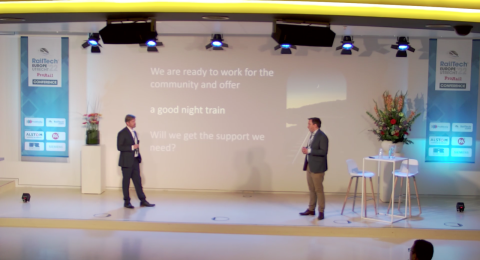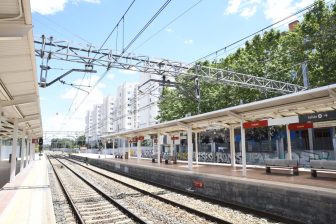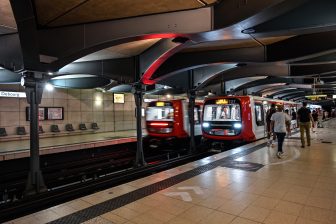
Financing rolling stock biggest problem for European Sleeper: ‘Will we get the support we need?’
source: Promedia
Difficulties in acquiring the necessary rolling stock is the main reason for the delay of the European Sleeper’s first night train service from Brussels to Prague, founder and CEO Elmer van Buuren said at RailTech Europe. The new company is eager to start operations, but faces a wide range of obstacles.
Want to read more?
You have read all of your free premium articles for this month. Please become a subscriber to keep reading.
Subscribe now!
Take advantage of our exclusive offer to get full access to all premium content.



